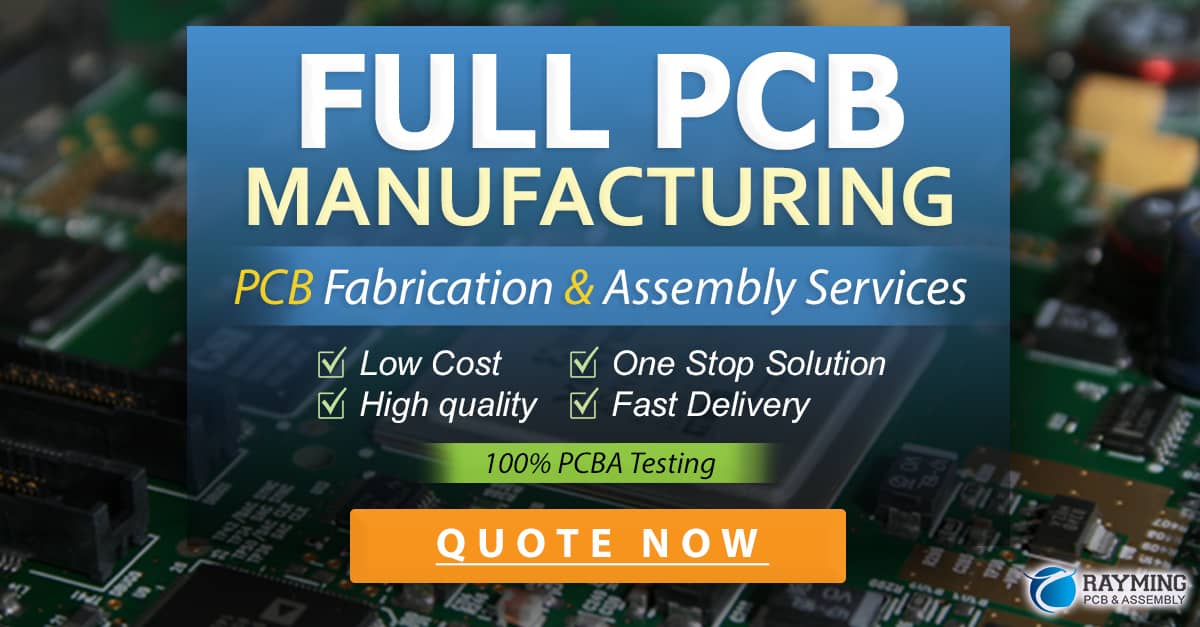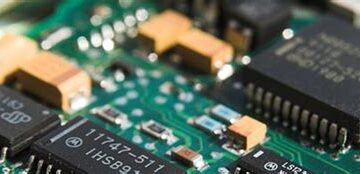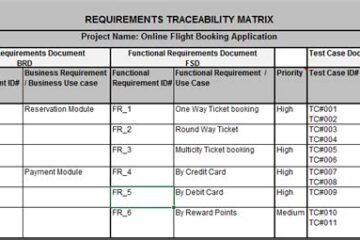Why is PCB Cleaning Important?
PCB cleaning is a crucial step in the manufacturing process for several reasons:
-
Removing flux residues: During the soldering process, flux is used to prevent oxidation and ensure proper solder joint formation. However, flux residues left on the PCB can cause corrosion, leading to short circuits and other issues.
-
Preventing contamination: Contaminants like dust, dirt, and grease can accumulate on the PCB surface during manufacturing. These contaminants can cause electrical shorts, poor adhesion of coatings, and other problems that affect the PCB’s performance.
-
Improving aesthetics: A clean PCB not only functions better but also looks more professional and attractive. This is particularly important for consumer electronics and other products where appearance matters.
-
Ensuring reliability: Properly cleaned PCBs are more reliable and have a longer lifespan. Contaminants and residues can lead to premature failure of components and reduce the overall reliability of the electronic device.
Types of PCB Contaminants
There are several types of contaminants that can affect PCBs:
-
Flux residues: As mentioned earlier, flux is used during soldering to prevent oxidation and ensure proper solder joint formation. However, if not properly removed, flux residues can cause corrosion and other issues.
-
Solder balls: Tiny balls of solder can sometimes splash onto the PCB during the soldering process. These solder balls can cause short circuits if not removed.
-
Dust and dirt: Dust and dirt can accumulate on the PCB surface during manufacturing and handling. These contaminants can cause electrical shorts and other problems.
-
Grease and oils: Fingerprints, lubricants, and other oils can contaminate the PCB surface. These contaminants can prevent proper adhesion of coatings and cause other issues.
Types of PCB Cleaning Machines
There are several types of PCB cleaning machines available, each with its own advantages and disadvantages.
Aqueous Cleaning Machines
Aqueous cleaning machines use water-based cleaning solutions to remove contaminants from PCBs. The cleaning solution is typically heated and pressurized to improve its effectiveness. Aqueous cleaning machines can be either batch-type or inline.
Advantages:
– Environmentally friendly
– Effective at removing a wide range of contaminants
– Suitable for high-volume production
Disadvantages:
– Requires drying after cleaning
– May not be suitable for certain types of components or coatings
– Higher initial investment compared to other cleaning methods
Solvent Cleaning Machines
Solvent cleaning machines use chemical solvents to dissolve and remove contaminants from PCBs. These machines can be either vapor degreasing or ultrasonic cleaning systems.
Advantages:
– Fast and effective cleaning
– Suitable for removing heavy contamination
– No drying required
Disadvantages:
– Solvents can be hazardous and require proper handling and disposal
– May not be suitable for certain types of components or coatings
– Higher operating costs compared to aqueous cleaning
Plasma Cleaning Machines
Plasma cleaning machines use ionized gas (plasma) to remove contaminants from PCBs. The plasma reacts with the contaminants, breaking them down into smaller molecules that can be easily removed.
Advantages:
– Environmentally friendly
– Suitable for removing organic contaminants
– No drying required
Disadvantages:
– Limited effectiveness on inorganic contaminants
– May not be suitable for certain types of components or coatings
– Higher initial investment compared to other cleaning methods
Choosing the Right PCB Cleaning Machine
When choosing a PCB cleaning machine, there are several factors to consider:
-
Type of contaminants: Different cleaning machines are better suited for removing different types of contaminants. Consider the types of contaminants present on your PCBs and choose a machine that is effective at removing them.
-
PCB design and components: Some cleaning methods may not be suitable for certain types of components or coatings. Consider the design of your PCBs and choose a cleaning machine that is compatible with your components.
-
Production volume: Different cleaning machines have different throughput capabilities. Consider your production volume and choose a machine that can keep up with your needs.
-
Environmental considerations: Some cleaning methods use hazardous chemicals that require proper handling and disposal. Consider the environmental impact of different cleaning methods and choose a machine that aligns with your environmental goals.
-
Cost: PCB cleaning machines can vary widely in cost, from small benchtop units to large inline systems. Consider your budget and choose a machine that provides the best value for your needs.

PCB Cleaning Process
The PCB cleaning process typically involves several steps:
-
Pre-cleaning: Before the actual cleaning process, any large debris or contaminants are removed from the PCB surface. This can be done manually or with specialized equipment.
-
Cleaning: The PCB is then cleaned using the chosen cleaning method. This may involve immersing the PCB in a cleaning solution, exposing it to solvent vapors, or treating it with plasma.
-
Rinsing: After cleaning, the PCB is rinsed to remove any remaining cleaning agents or contaminants. This step is particularly important for aqueous cleaning methods.
-
Drying: Finally, the PCB is dried to remove any remaining moisture. This can be done using hot air, infrared heating, or other methods.
Best Practices for PCB Cleaning
To ensure the best results from your PCB cleaning process, follow these best practices:
-
Choose the right cleaning method: As discussed earlier, different cleaning methods are better suited for different types of contaminants and PCB designs. Choose the cleaning method that is most effective for your specific needs.
-
Follow manufacturer instructions: Each PCB cleaning machine and cleaning agent will have specific instructions for use. Follow these instructions carefully to ensure optimal results and avoid damaging your PCBs.
-
Regularly maintain your cleaning machine: Regular maintenance of your PCB cleaning machine will help ensure consistent performance and extend its lifespan. Follow the manufacturer’s recommended maintenance schedule and procedures.
-
Monitor cleanliness levels: Regularly monitor the cleanliness of your PCBs to ensure that your cleaning process is effective. This can be done using visual inspection, residue analysis, or other methods.
-
Train your operators: Proper training of your operators is essential for ensuring consistent and effective PCB cleaning. Make sure your operators are trained on the proper use of your cleaning machine and follow all safety procedures.
Frequently Asked Questions (FAQ)
-
What is the best PCB cleaning method?
The best PCB cleaning method depends on your specific needs and requirements. Consider factors such as the types of contaminants present, PCB design and components, production volume, environmental impact, and cost when choosing a cleaning method. -
How often should I clean my PCBs?
The frequency of PCB cleaning depends on your production process and the level of contamination present. In general, PCBs should be cleaned after the soldering process and before any further assembly or coating steps. -
Can I use household cleaners to clean my PCBs?
No, household cleaners are not suitable for cleaning PCBs. These cleaners may leave residues or cause damage to the PCB components. Always use cleaning agents specifically designed for PCB cleaning. -
How do I know if my PCBs are properly cleaned?
There are several methods for verifying PCB cleanliness, including visual inspection, residue analysis, and ionic contamination testing. Work with your cleaning machine manufacturer or a qualified testing lab to develop a cleanliness verification protocol. -
What safety precautions should I take when cleaning PCBs?
Always follow the manufacturer’s safety instructions when using PCB cleaning machines and cleaning agents. Wear appropriate personal protective equipment (PPE) such as gloves, safety glasses, and respirators when handling cleaning agents. Make sure your workspace is properly ventilated and that any hazardous waste is disposed of properly.
Conclusion
PCB cleaning is a critical step in the manufacturing process that ensures the reliability, performance, and longevity of electronic devices. Choosing the right PCB cleaning machine and following best practices for cleaning and maintenance can help you achieve optimal results and minimize production defects.
When selecting a PCB cleaning machine, consider factors such as the types of contaminants present, PCB design and components, production volume, environmental impact, and cost. Aqueous, solvent, and plasma cleaning machines each have their own advantages and disadvantages, so it’s important to choose the one that best suits your specific needs.
By implementing a robust PCB cleaning process and regularly monitoring cleanliness levels, you can ensure that your PCBs are free from harmful contaminants and perform at their best. This, in turn, can help you improve product quality, reduce production costs, and enhance customer satisfaction.



0 Comments